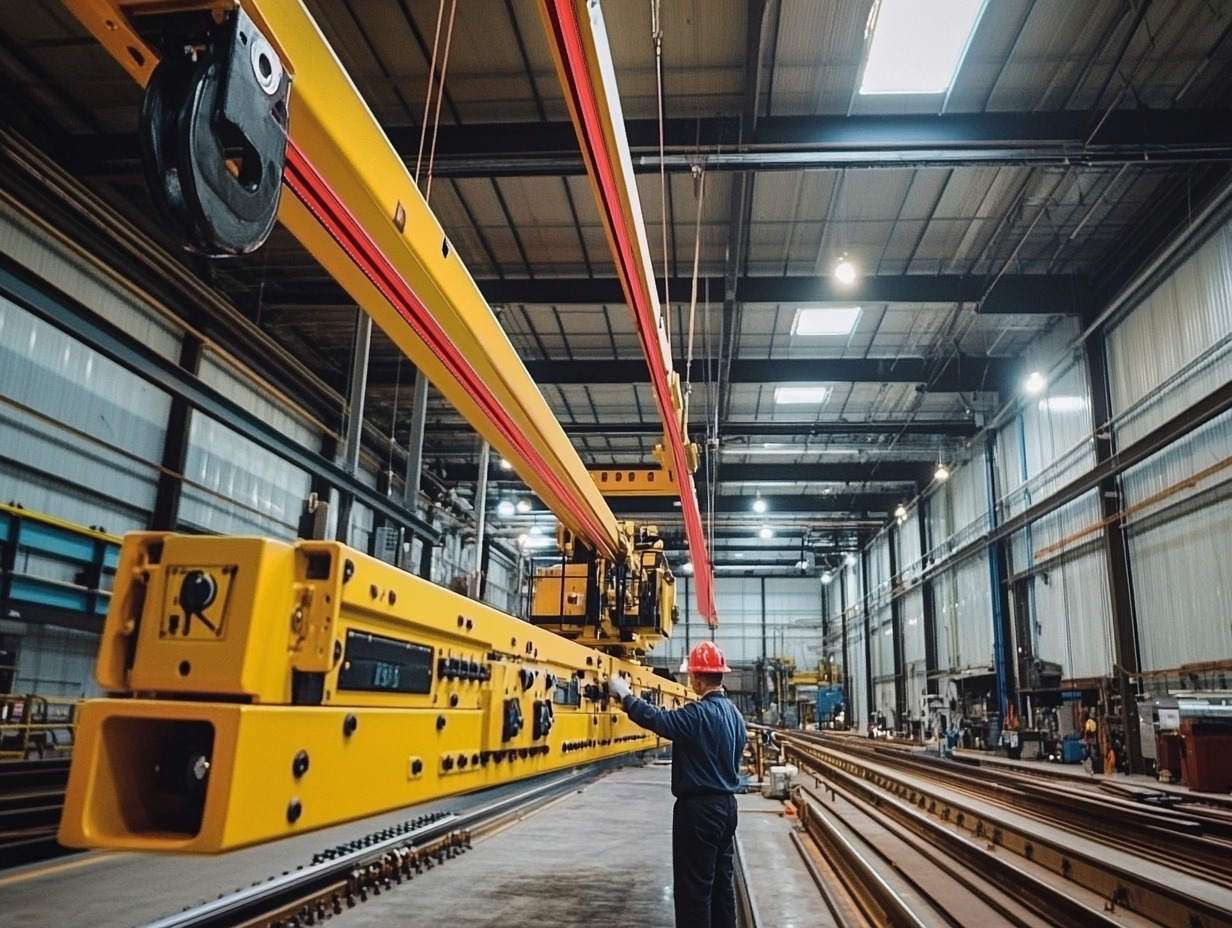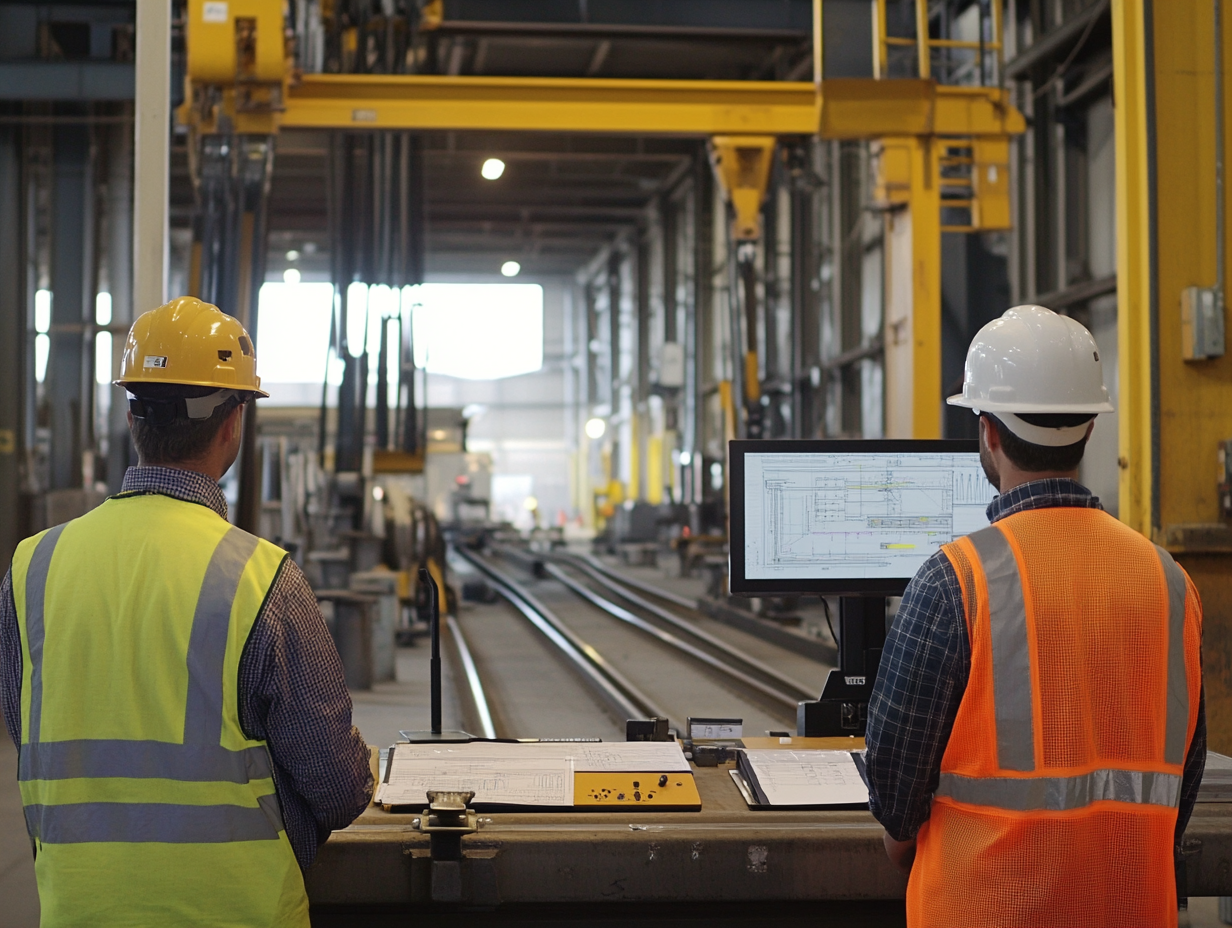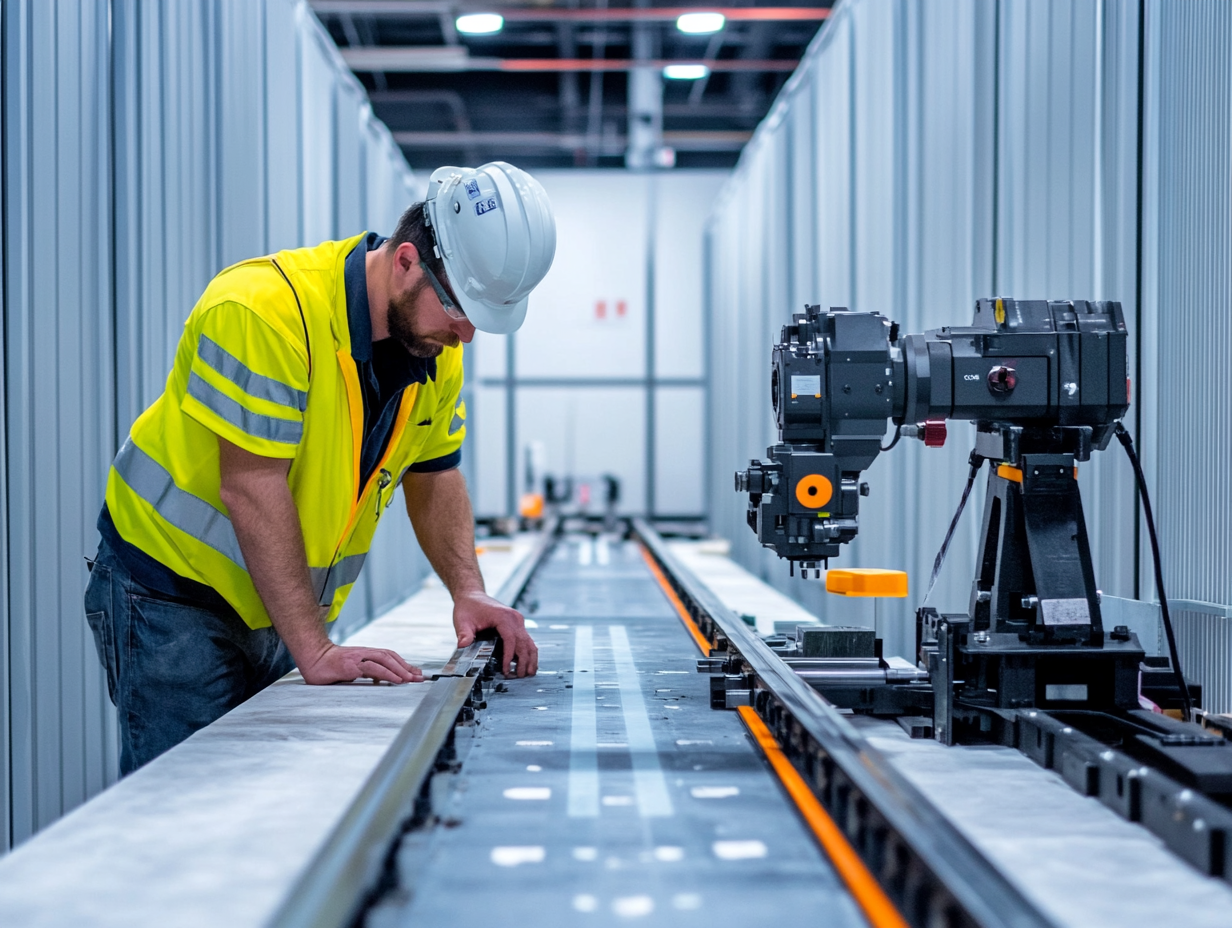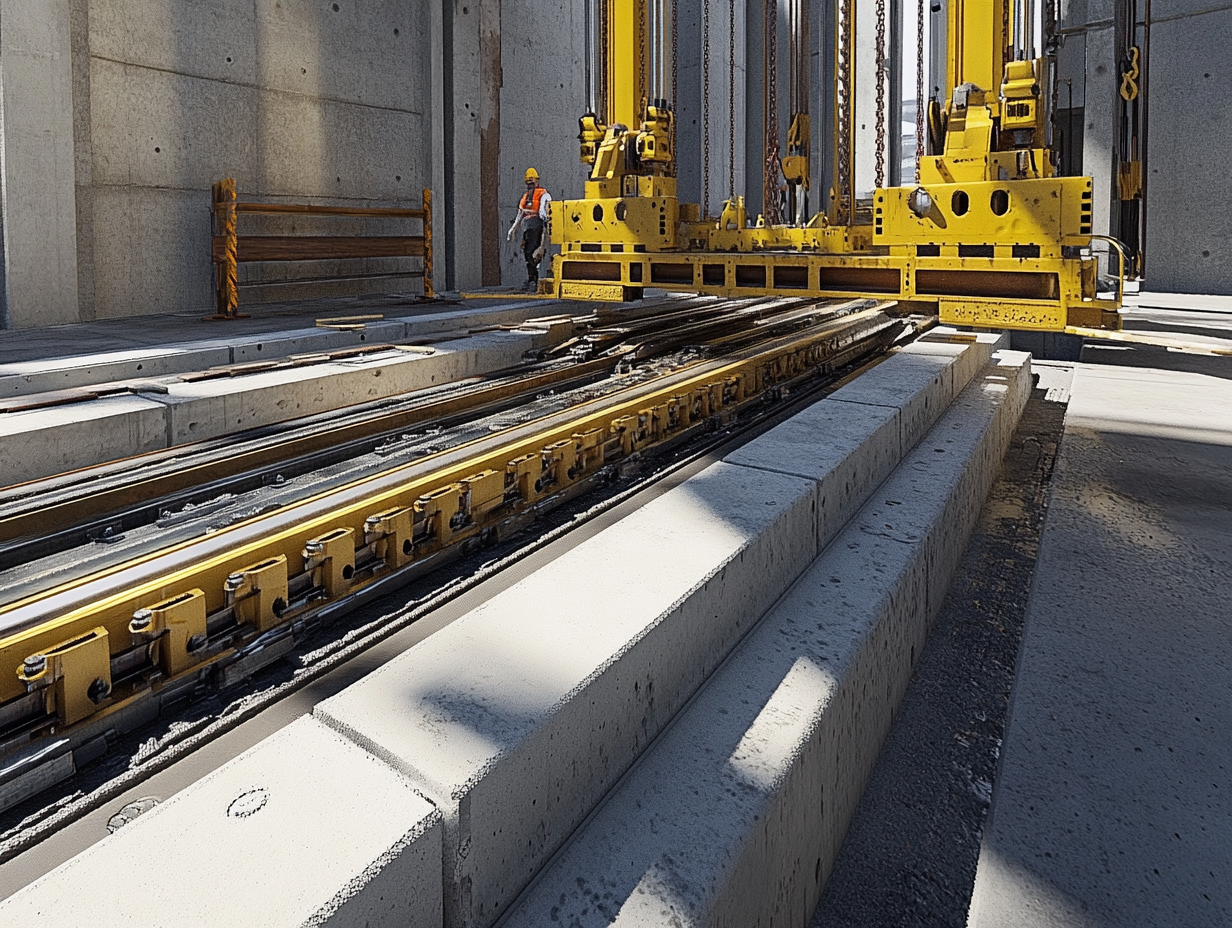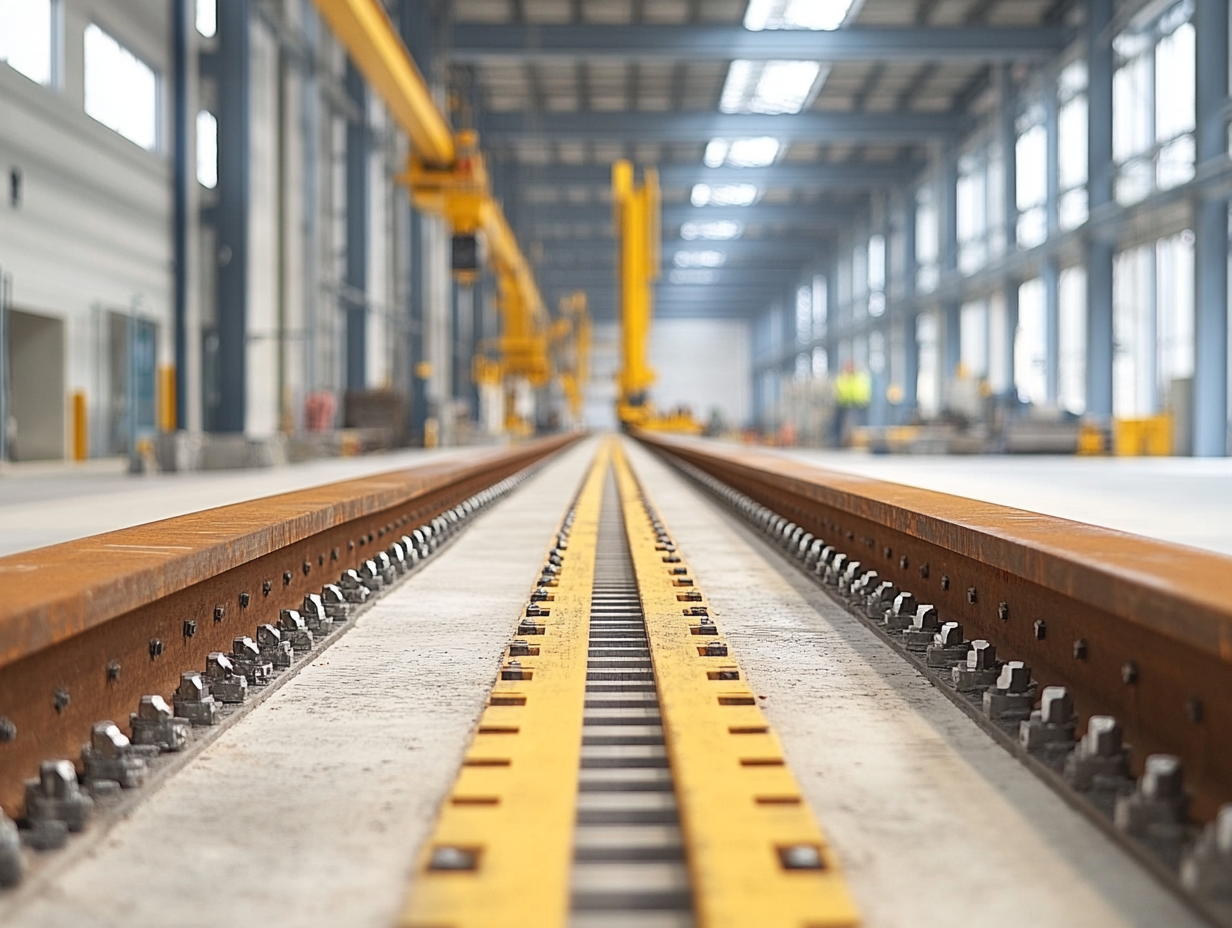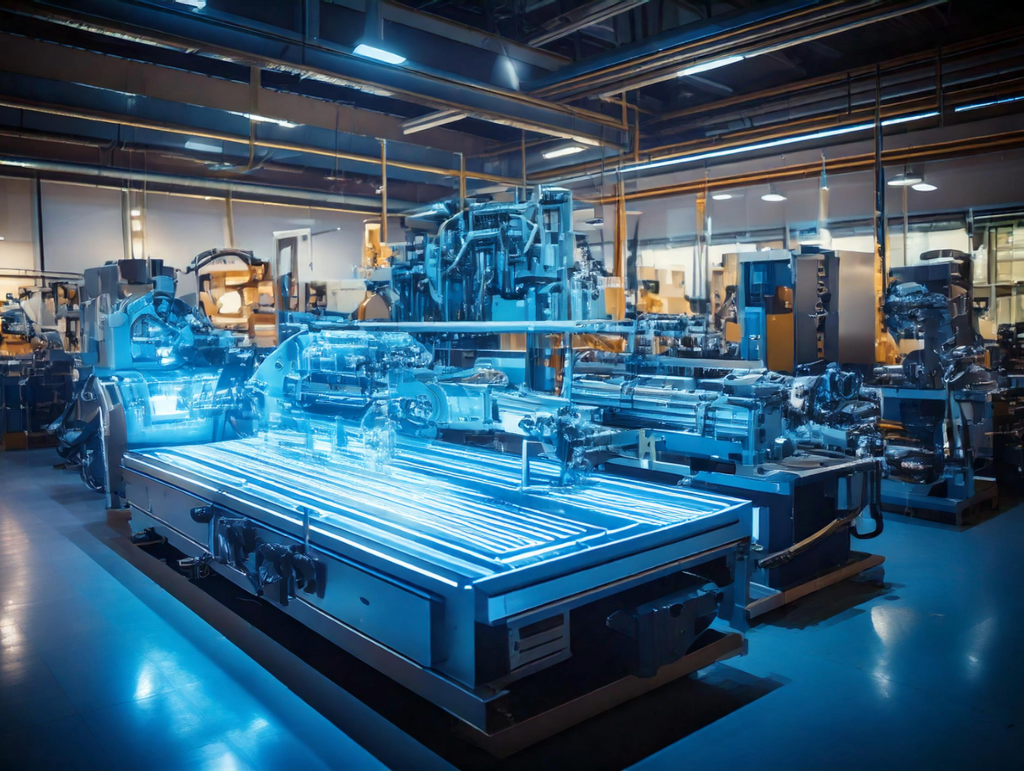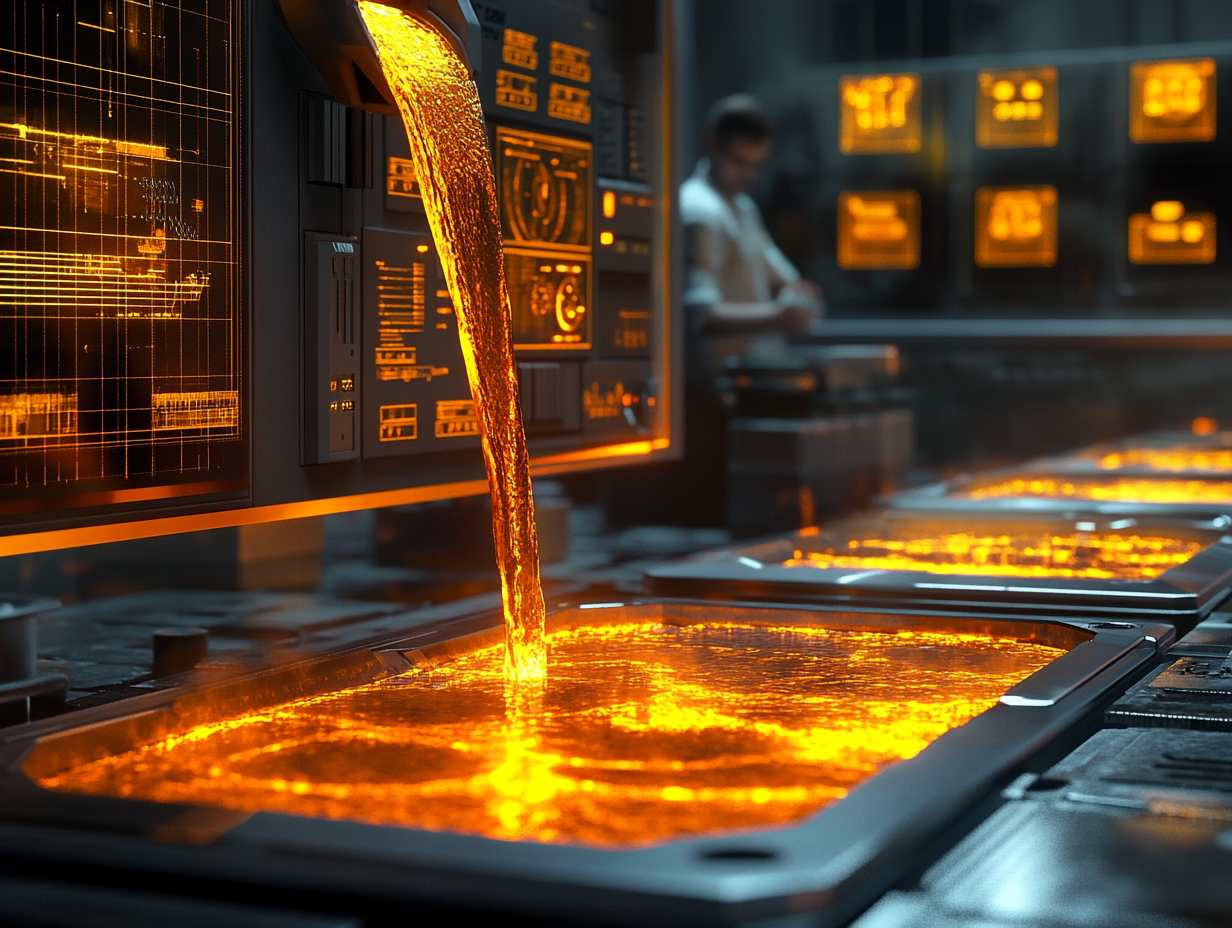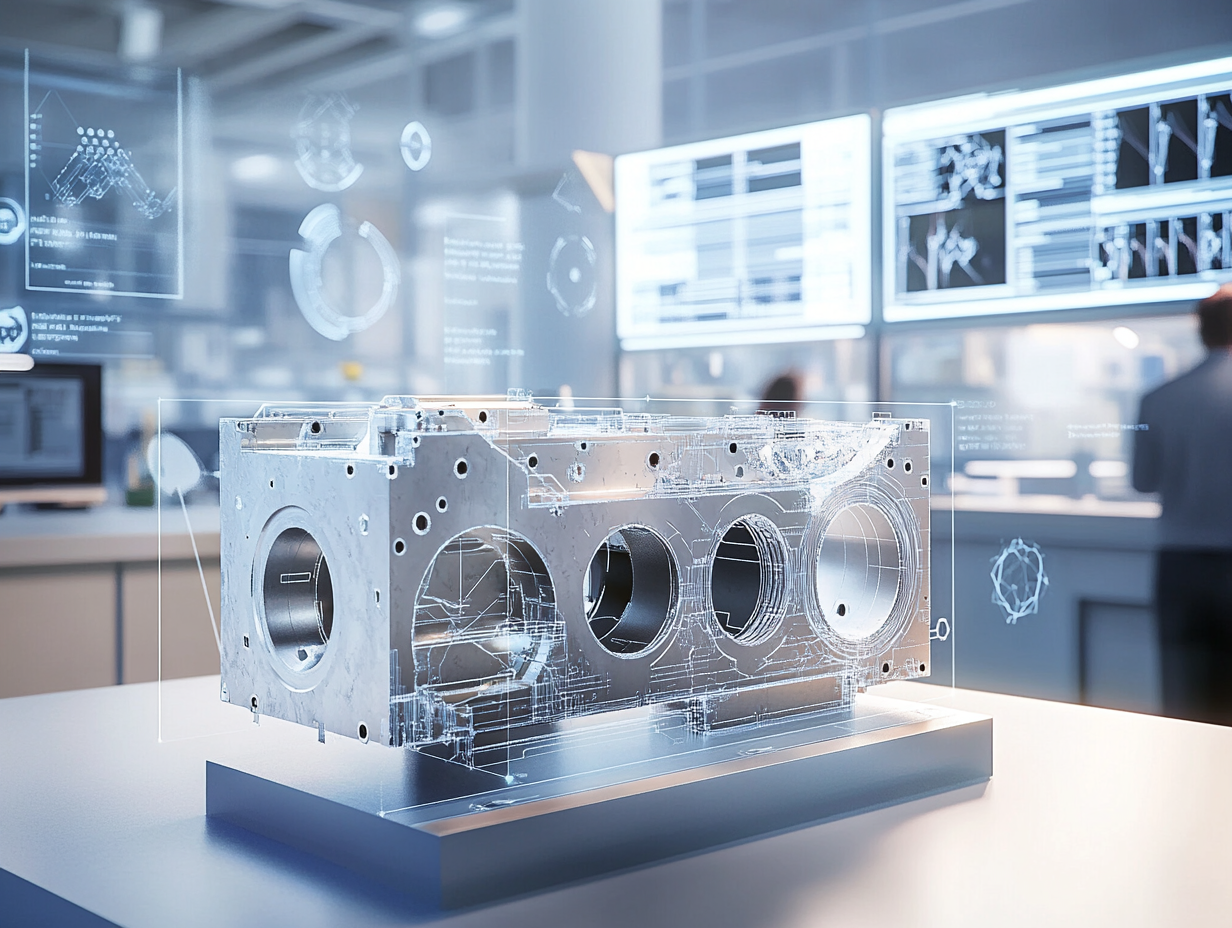Crane tracks must handle not only vertical loads but also lateral forces and torsion (twisting effects). Insufficient torsional resistance or uncontrolled lateral forces can cause rail deformations, crane instability, and serious operational issues. This blog explores how torsion is managed in crane tracks and the methods used to control lateral forces for optimal stability.
Crane tracks are subjected to heavy loads daily, making stability and fatigue analysis essential. Poorly designed crane tracks can lead to deformation, system failures, and costly downtime. This blog explores best practices for ensuring track stability and fatigue resistance.
For crane tracks to operate safely and efficiently, they must meet specific tolerance standards. Misaligned rails can cause excessive wear on crane wheels, rail bending, and system failures.
Before delving into gear design, it is essential to understand the fundamental terminology. This article covers the most important concepts in gear terminology.
Crane tracks are engineering marvels designed to safely transport heavy loads. However, the reliability and durability of these systems depend heavily on the materials used and the design choices made.
Crane tracks are essential components of industrial systems, enabling the safe and efficient movement of heavy loads. The proper selection and standard-compliant design of crane rails are crucial for both performance and safety.
Cold bending is a critical process that allows for precise shaping of metals at room temperature. Accurate dimensional calculations ensure the integrity, durability, and functionality of the final product.
In construction projects, properly prepared documents are essential for ensuring success. Construction documents serve as the foundation for guiding the project team from the design phase to production. These documents maintain standards and improve communication across all stages of the project.
In metal forming and sheet processing industries, the relationship between material thickness and bending radius is a cornerstone of production quality. Incorrectly calculated bending radii can lead to material cracking, deformation, or structural failure.
Material thickness and bending radius are critical factors in the manufacturing of durable and high-quality products. Incorrectly calculated bending radii can lead to cracking, deformation, or structural failure, compromising the integrity of the product
Materials used in casting significantly influence the durability, performance, and cost-effectiveness of the final product. Choosing the right material not only enhances quality but also improves production efficiency.
In casting processes, material utilization is a critical factor that directly impacts product quality and cost efficiency. Optimizing material usage not only streamlines production but also minimizes waste, leading to significant cost savings. Additionally, identifying and addressing potential defects early in the process enhances the durability and functionality of the final product.
n industrial manufacturing, every millimeter counts. Particularly in casting processes, tolerances and shrinkage calculations play a pivotal role in determining the quality and functionality of the final product. These technical details not only optimize production costs but also ensure a flawless product that meets customer expectations.


